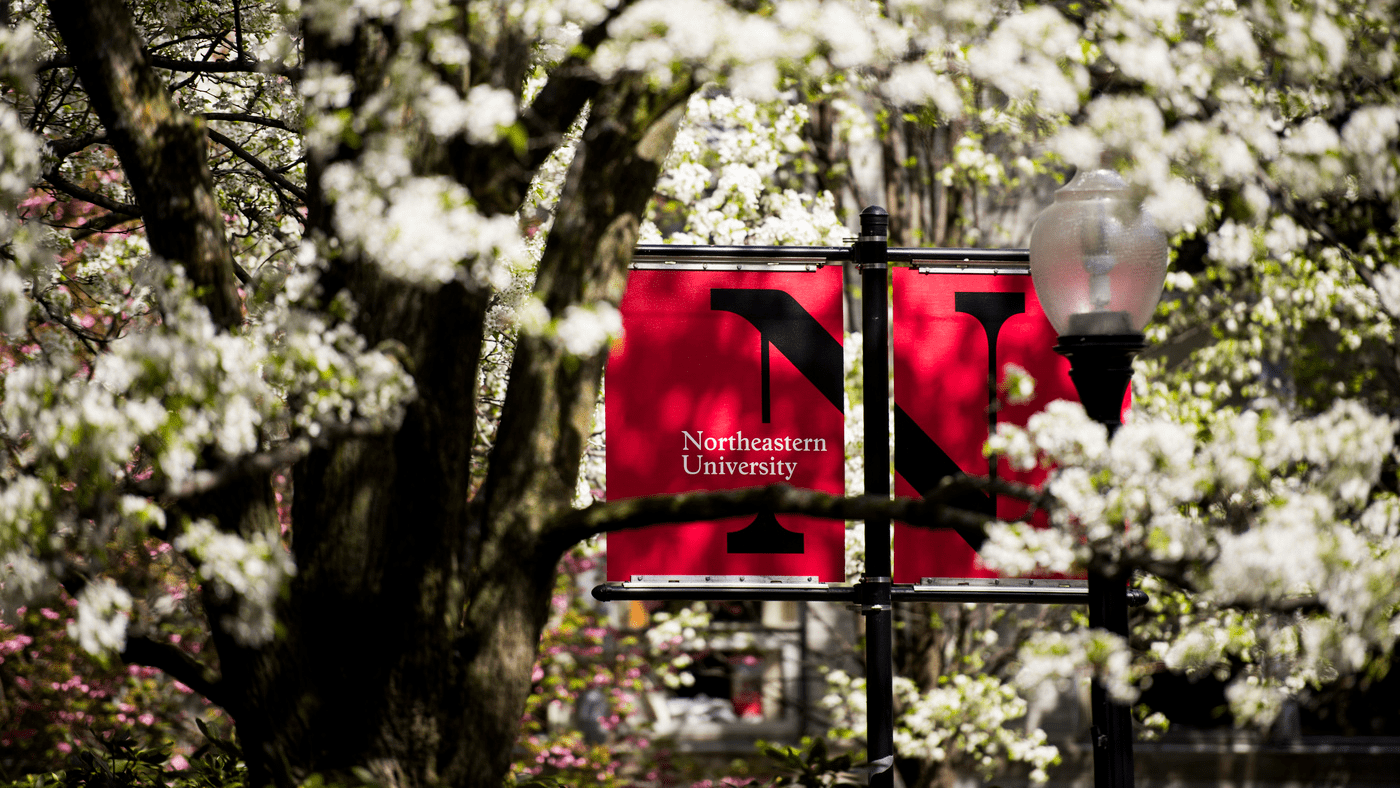Steven Lopez, Assistant Professor of Chemistry, has only been at Northeastern for two years, but he is already a big fan of the Discovery cluster. The Lopez Lab has been working on compiling a database of computed carbon-based molecules that can help replace expensive toxic metals. And, through a Massachusetts Life Sciences Center grant, the lab is working on discovering molecules that can be incorporated into chemotherapy treatments that are activated by light to selectively target and destroy tumor cells. “The power that Discovery gives us allows us to do these kinds of excited state calculations,” Lopez said.
Lopez’ work with computing the exact structures and properties that organic, carbon-based materials will have when photexcited lead to the development of the Virtual Excited State Reference to the Discovery of Electronic Materials (VERDE) database. “Discovery does these high performance virtual screening calculations,” Lopez explained. The database serves not only as a reference, but also as a collaborative resource that other researchers can contribute to.
Along with his work on the VERDE database, Lopez is researching new chemotherapy alternatives as part of a $750,000 grant in partnership with Kebotix, funded by the Massachusetts Life Sciences Center (MLSC). The goal is to develop chemotherapy pills that include molecules that target and accumulate in the tumor tissue, and when you shine a light on the tumor, the molecules are photoexcited into super toxic oxygen that wrecks havoc on the tumor, but leaves normal tissue alone. As part of this research, Lopez is specifically looking for molecules that are on a longer wavelength that can penetrate deeper into tissue to target larger tumors. The discovery of these long wavelength molecules is all done computationally because “the chemical search space is enormous,” Lopez says. Using Discovery enables Lopez to harness the power of machine learning.


